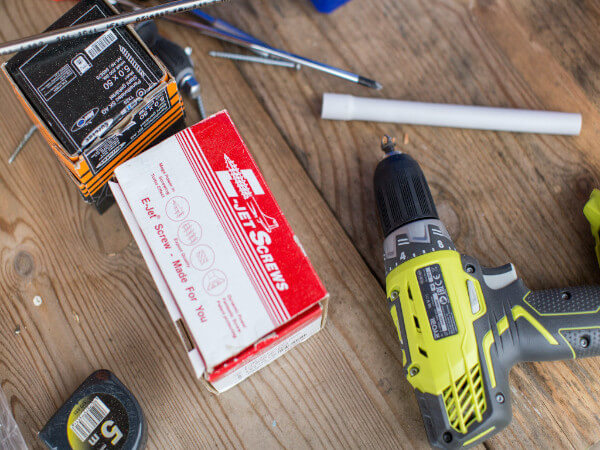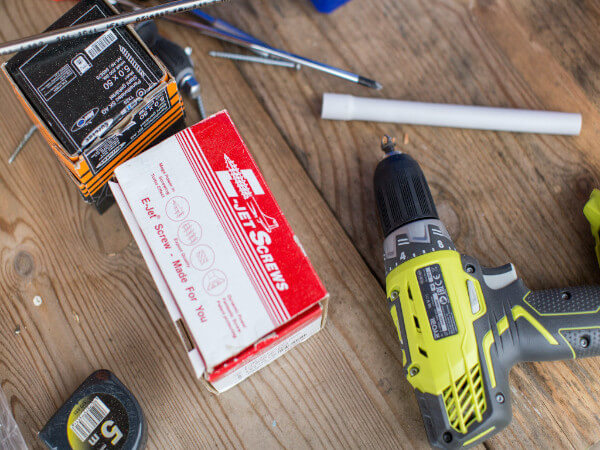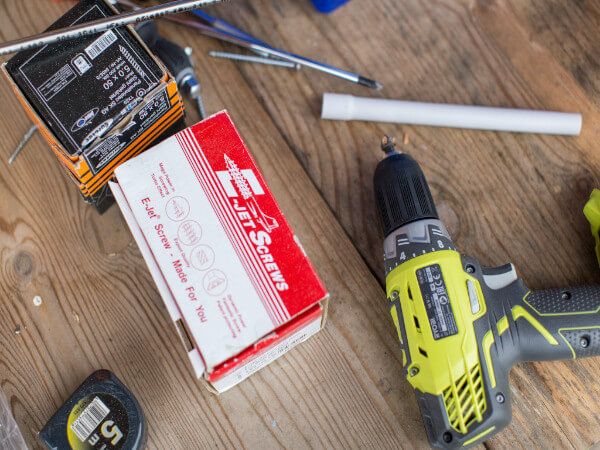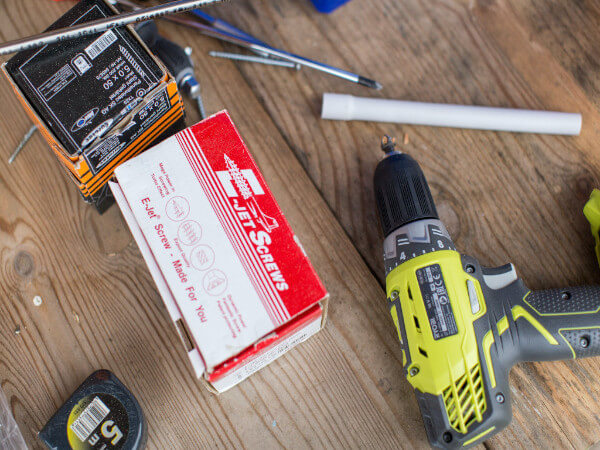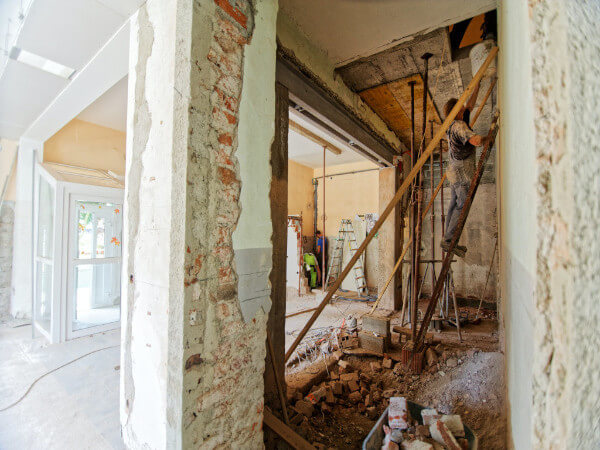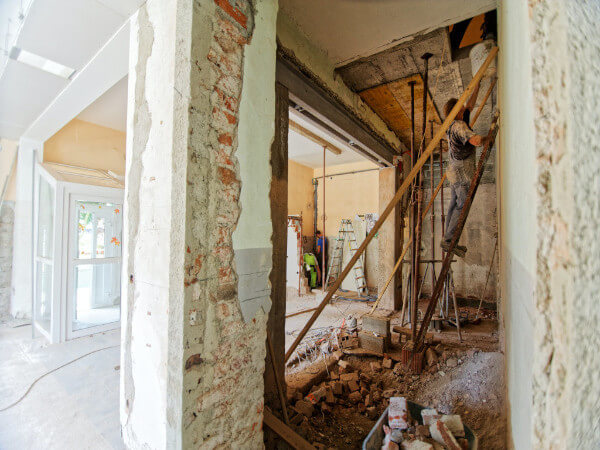Asphalt compactors aren’t known as the most difficult machine to operate on the job. Although compactors perform a critical function especially when smoothness specs are at stake, many contractors put their less-seasoned operators on them.
But what if these machines didn’t even require an on-board operator?
Enter Volvo Construction Equipment’s CX01 asphalt compaction concept, a planned ConExpo reveal that had to wait until the recent Utility Expo to get in front of contractors.
“We just wanted to examine what the future of compaction would look like,” Justin Zupanc, head of Volvo CE’s asphalt compaction development team, told Equipment World at the show. “We wanted to create a better operator’s environment, reduce fuel consumption and exhaust emissions and boost productivity.”
“Better operator environment” translates to no cab. Instead, a connected fleet of CX01 single-drum units directed by a downloaded compaction plan would be either be remotely controlled by an operator or controlled autonomously.
Volvo already has an autonomous system on its TA15 haulers, now in customer testing, and the plan is to test a similar system on the CX01, Zupanc says.
The CX01 does not have an articulation joint “so there’s no balance point, there’s nothing that we can steer away from,” Zupanc says. Volvo solved this by using a split-drum which has two halves that can be operated independently kept upright by using a self-balancing control system. (The split drum comes off of its current 9-ton class machine sold in Europe.) To turn, operators can vary the rate of speed of each half of the drum. “You can make a fairly tight turn,” he says.
And while it wouldn’t be used while the unit is on asphalt, users also would have the ability to pivot steer the machine.
Rethink the paving process

The Volvo CX01 prototype compactor features guarding and emergency stops on each corner.Equipment World
Volvo says the CX01 which stands for compaction experimental unit No. 1 provides the means to “fundamentally rethink the paving process.” By removing the operator, you’re also removing their exposure to vibration, noise and dust.
As envisioned, a fleet of CX01s could be deployed on larger jobs and communicate not only with each other but with other machines on site. The machines could survey the job, report on mat conditions such as density, temperature and passes (which intelligent compactors are already doing) and determine when and where to compact. “They can shift over if an area is already compacted,” Zupanc says. “All information is available to the crew and to other machines. You could even send it to the asphalt plant.”
The machine’s compact design and maneuverability could also lead to streamlined compaction cycles, reduced costs and more agile work patterns, Volvo says. The rolling pattern, weight and number of rollers could be adjusted to match the width, thickness and speed of the paving operation. Using Volvo’s existing Co-Pilot system, operators can use a touchscreen to remotely control the compactors.
Flexible power
The CX01 has a flexible power system. It has both a 1.7-liter diesel engine and an energy storage system that can be operated indiesel-only, hybrid or fully electric modes. “The diesel is only there to spin the 20-kilowatt generator,” Zupanc says. The generator in turn powers two 48-volt ultracapacitors placed on each side of the drum, which in turn are powering three 14-kilowatt electric motors, one for each side of the drum, and another to power the vibration system eccentrics.
“You can run it with the diesel engine on, and it’s always charging the ultracapacitors,” Zupanc says. When the ultracapacitors are charged, the engine can be turned off, and the machine becomes fully electric. The engine will cycle back on when the ultracapacitor charges get low. “They charge very quickly, within a couple of minutes,” he says. The downside: the capacitors don’t have the capacity of a lithium-ion battery; runtime is around 20 minutes, depending on your speed.
“We had never used them before, and we wanted to see how they worked,” Zupanc says, explaining why Volvo was using ultracapacitors on the CX01. “While they don’t have the capacity of lithium-ion batteries, they are good for vibration and they have a long lifecycle. They may not be the right solution because they don’t have that longevity, and who knows, we may couple them with a lithium-ion battery pack down the road.”
Because the ultracapacitors need a constant charge, it’s unlikely that the diesel engine will go away as long as they are used.
Volvo is also exploring using a low-friction water-reduction polymer-based coating on the drum surface now theoretical — which could also be used on its other compactors. This would combat the common problem of asphalt sticking to the drum, now solved by using water. The CX01, however, has limited water storage.
Volvo produced =the following explainer video of how it envisions the CX01 being used:
CMSBrowserComponents.load({ el: ‘#vue-1634591852644-605’, name: ‘OEmbed’, props: {“mountPoint”:”/__oembed”,”url”:”https://www.youtube.com/watch?v=NzC6q9GgT6o”,”attrs”:{“type”:”oembed”,”id”:”https://www.youtube.com/watch?v=NzC6q9GgT6o”,”element”:”aside”}}, hydrate: false });
Did you miss our previous article…
https://www.3555pacific.com/?p=241


